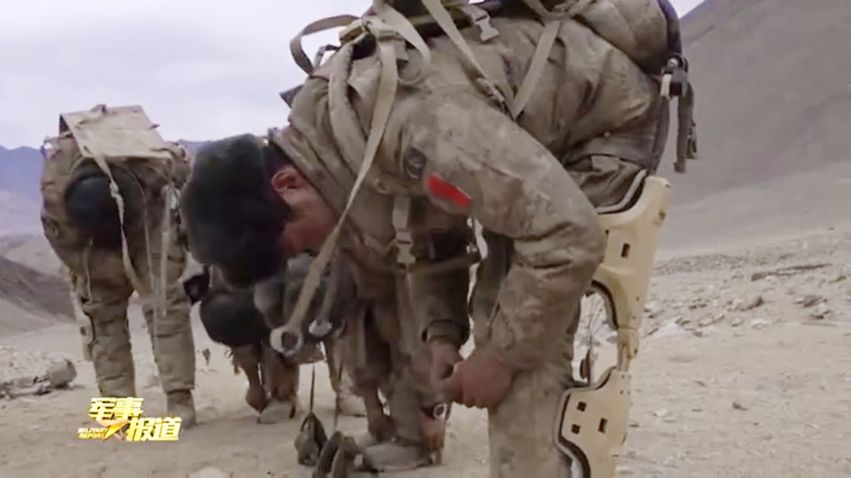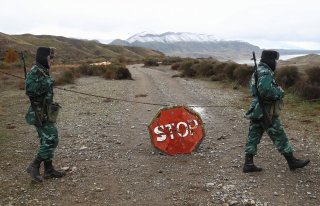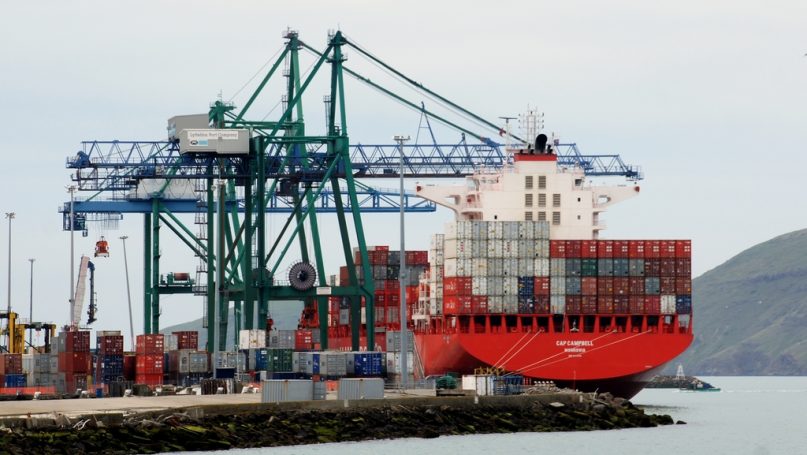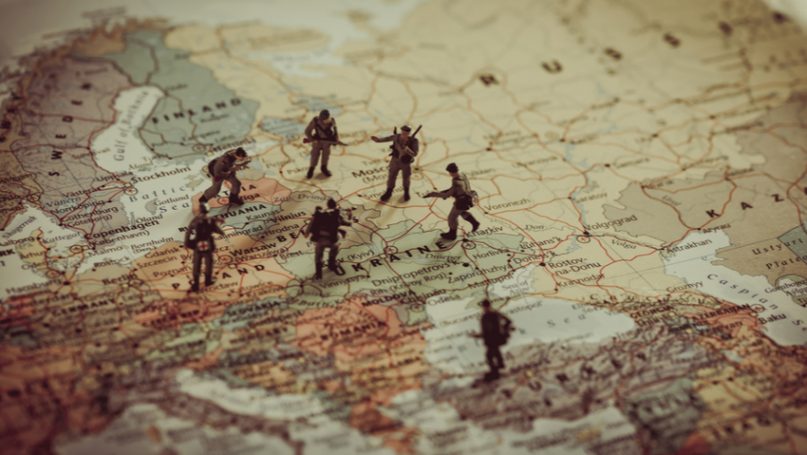By Abhijnan Rej
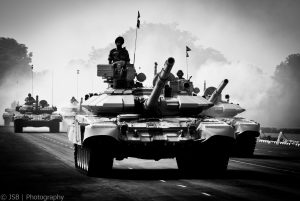
Media reports suggest that the Indian government has authorized the Indian armed forces to stock up ammunition, spares and other materiel for 15 days of “intense” warfare, an increase from an earlier guideline which required them to be prepared for 10 days of general war with China and Pakistan. ANI reported on December 14 that “making use of the extended stocking requirements and the emergency financial powers in the ongoing conflict with China in Eastern Ladakh, the defence forces are expected to spend over 50,000 crores [500 billion] Indian rupees for acquisition of equipment and ammunition from both local and foreign sources.”
In July, following the China-India clash in the Galwan Valley in Ladakh that saw the deaths of 20 Indian soldiers mid June, the Indian Army was reported to have pursued 100 contracts for emergency procurement of weapons and supplies – including ammunition for main battle tanks, man-portable air defense systems, as well as Israeli-made Heron surveillance drones — with each contract capped at 5 billion Indian rupees. Increasing the ceiling on the number of days the Indian military is required to be prepared to fight for – from 10 to 15 – implies that the emergency budgetary allocations approved in July will now most likely be utilized.
